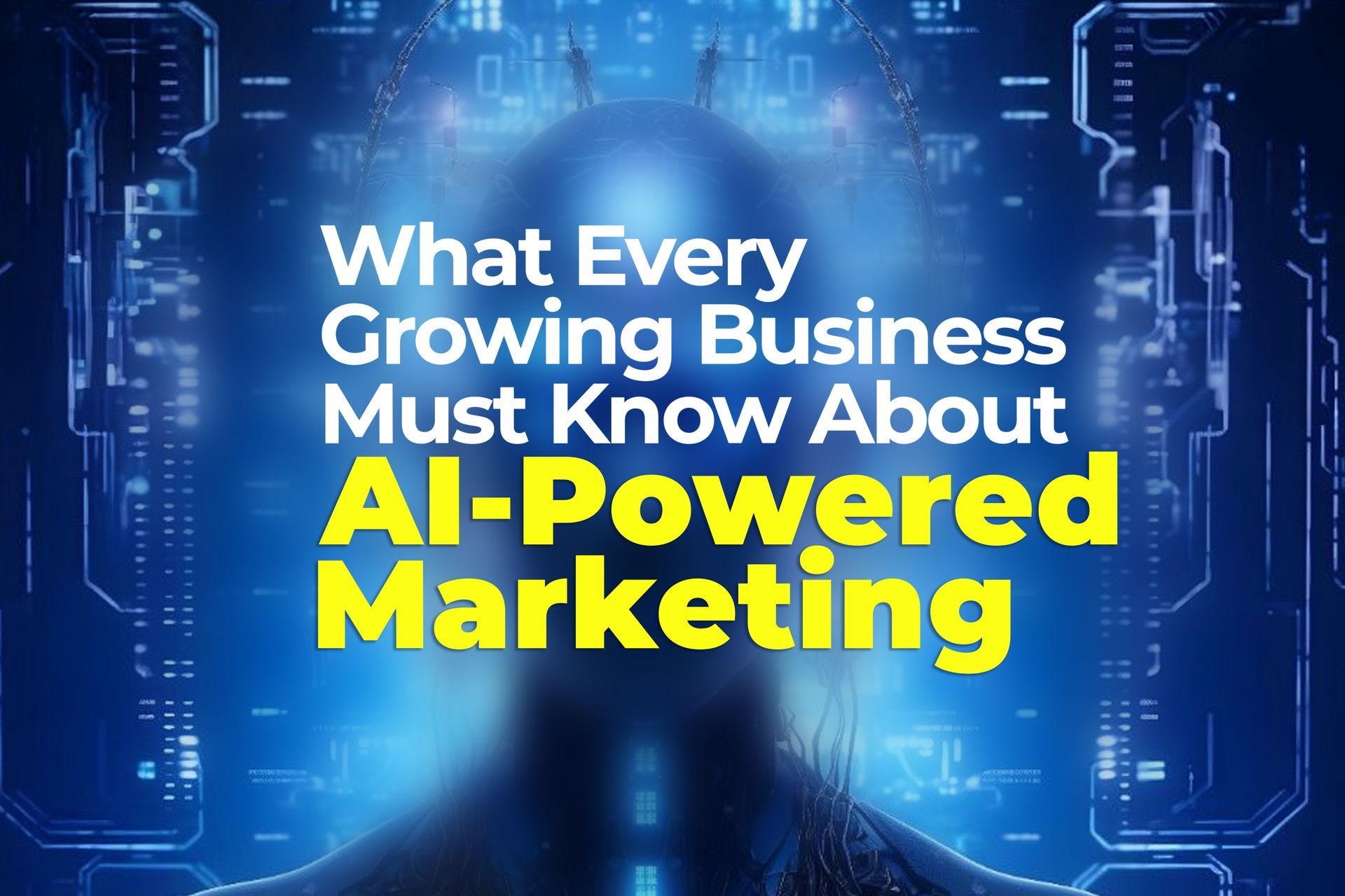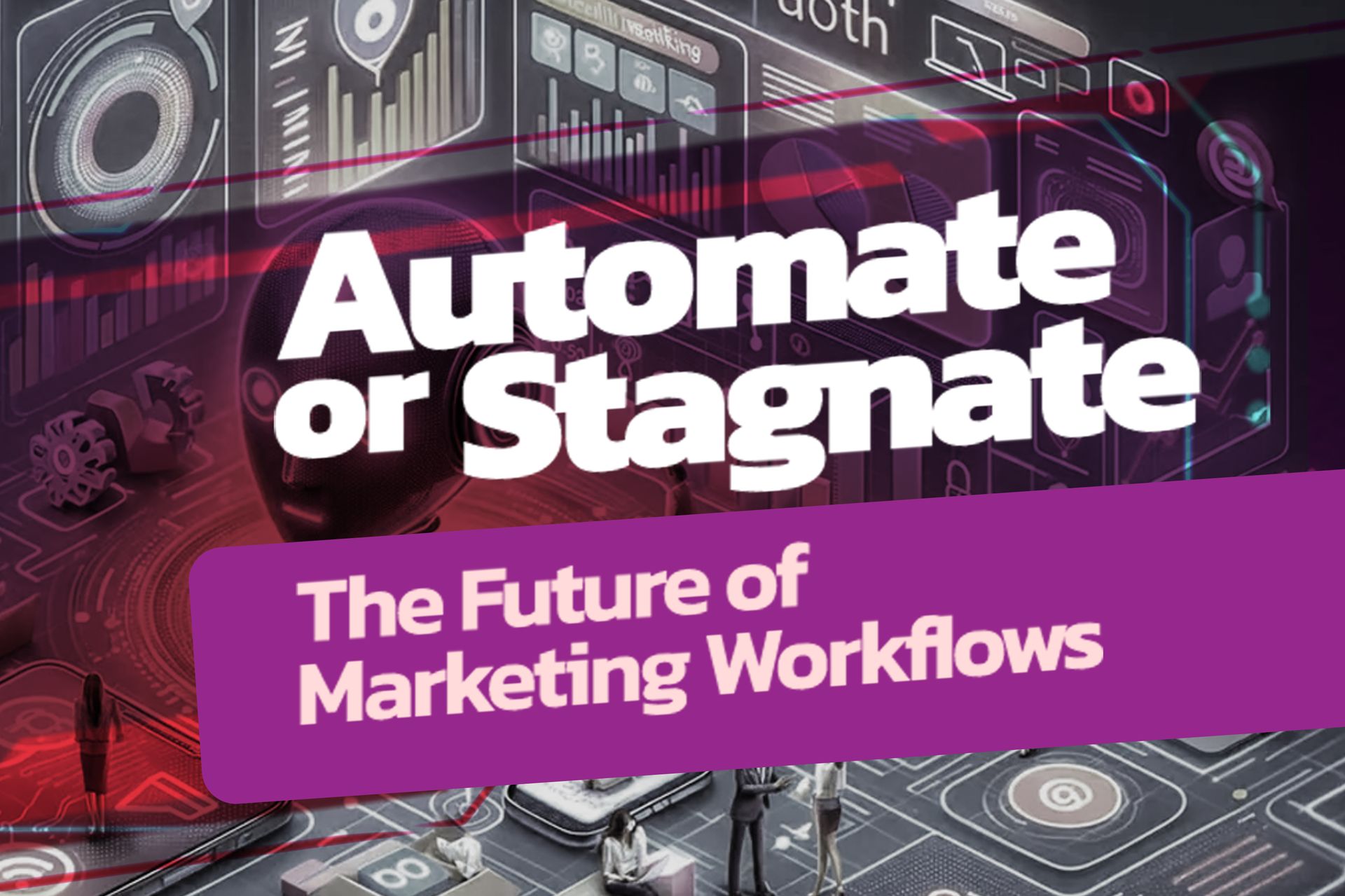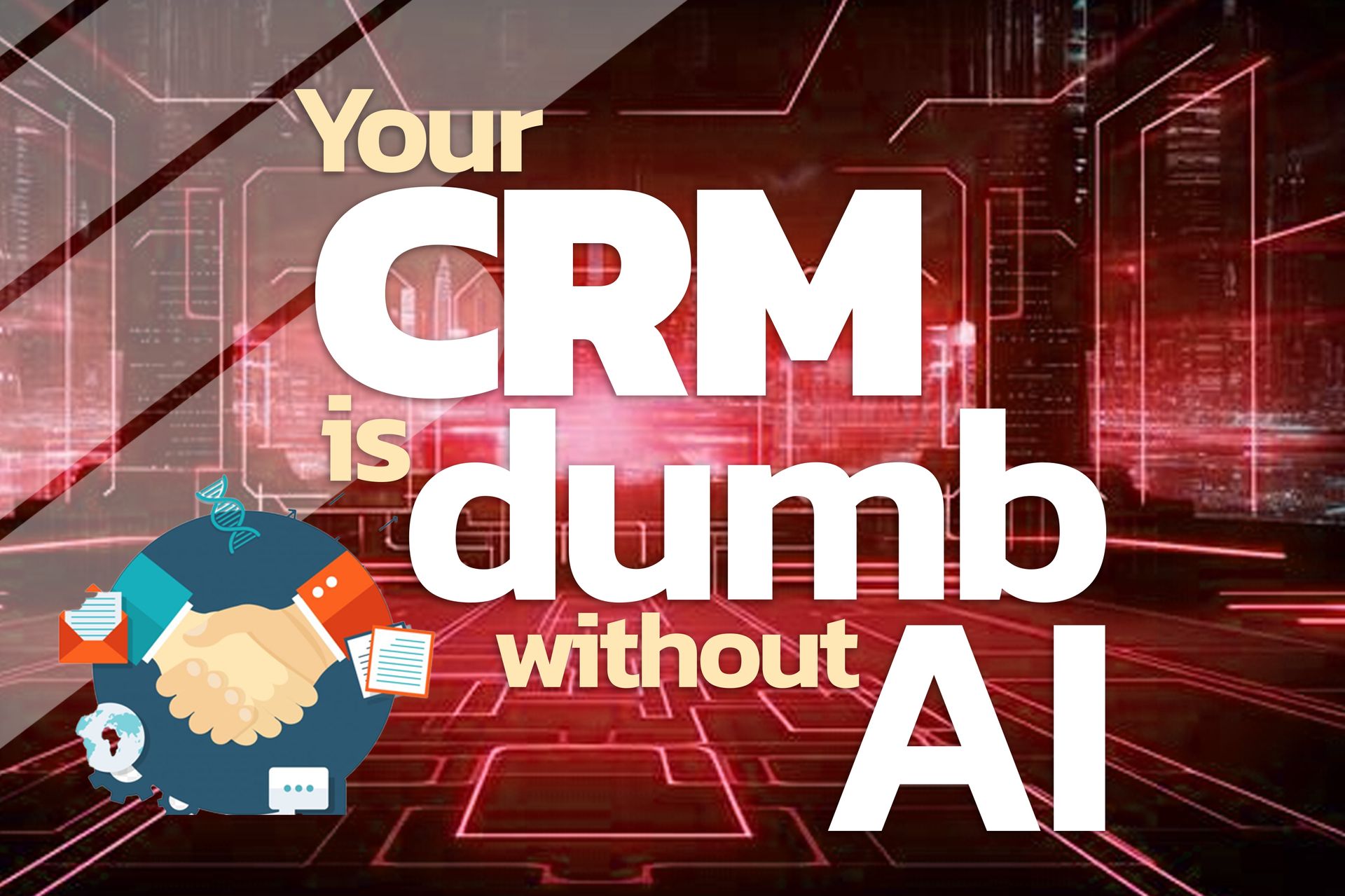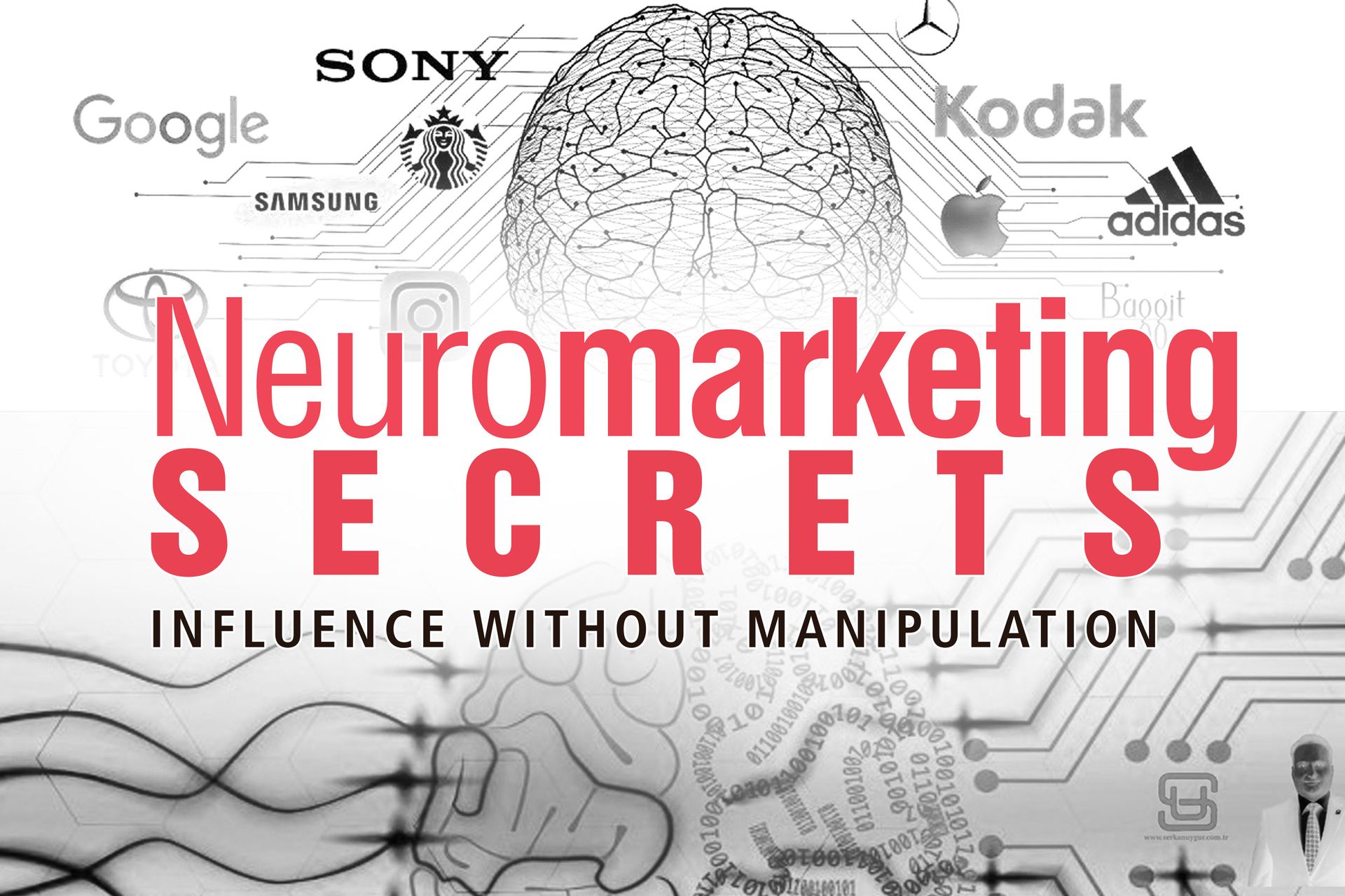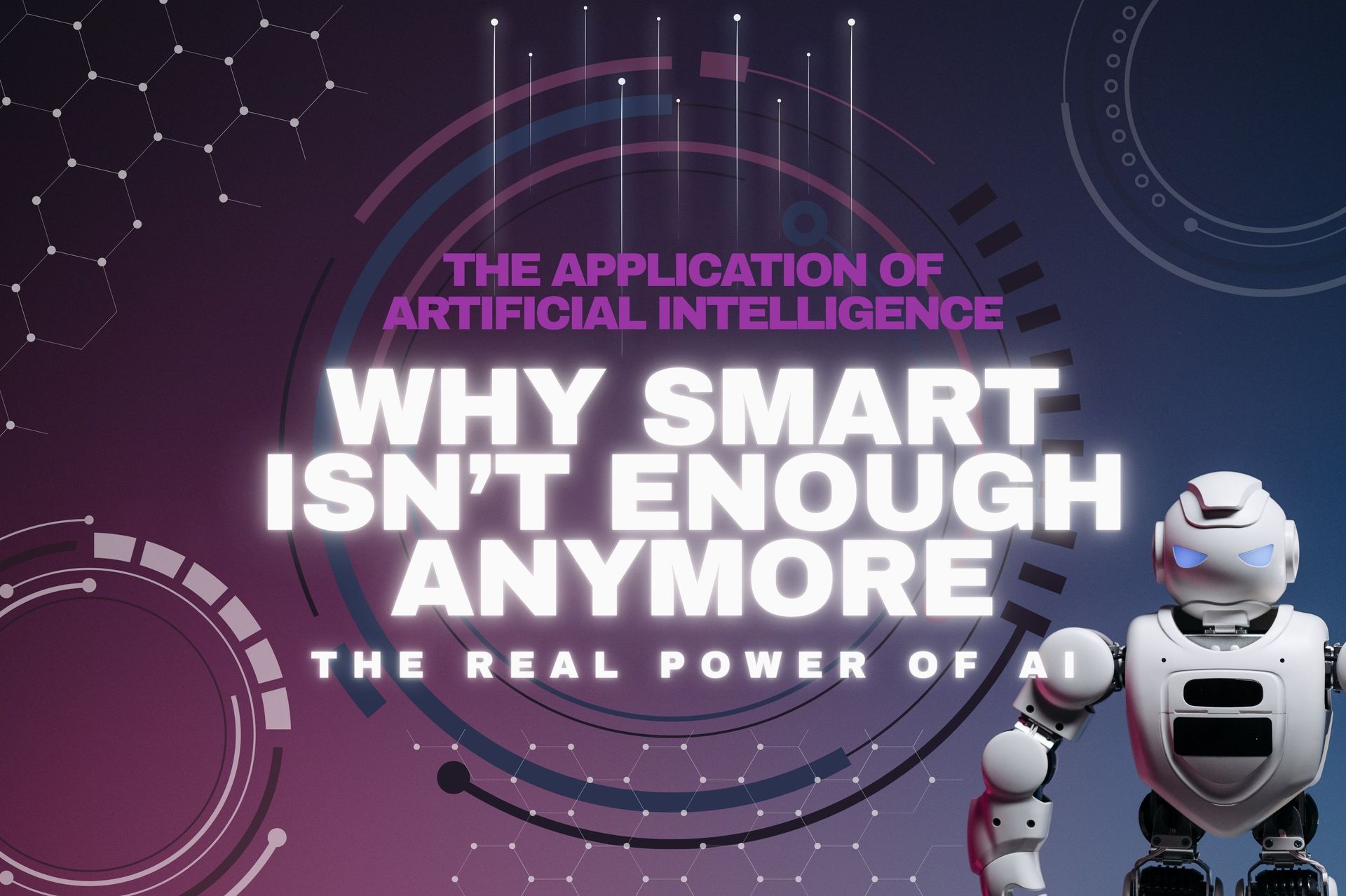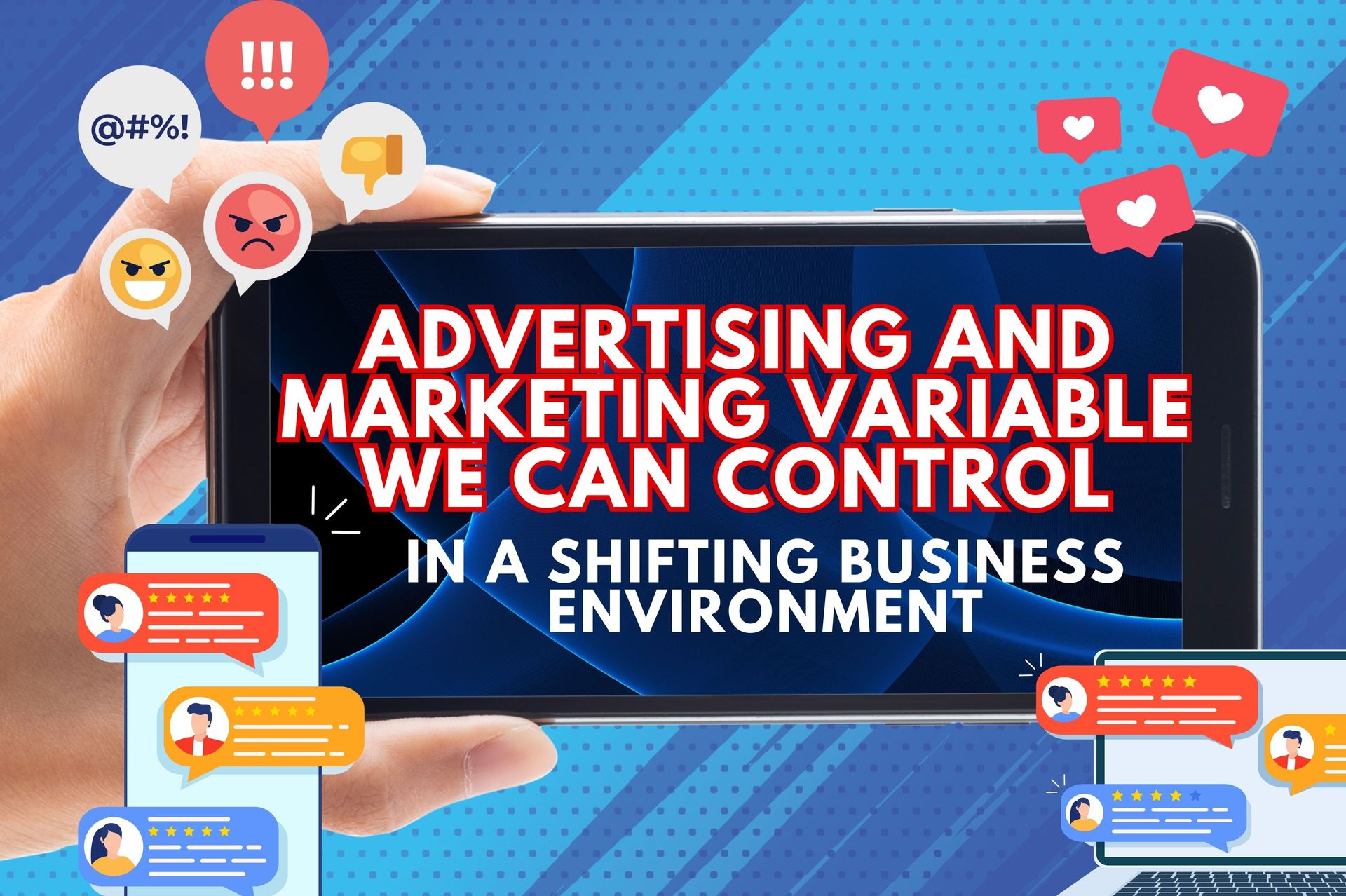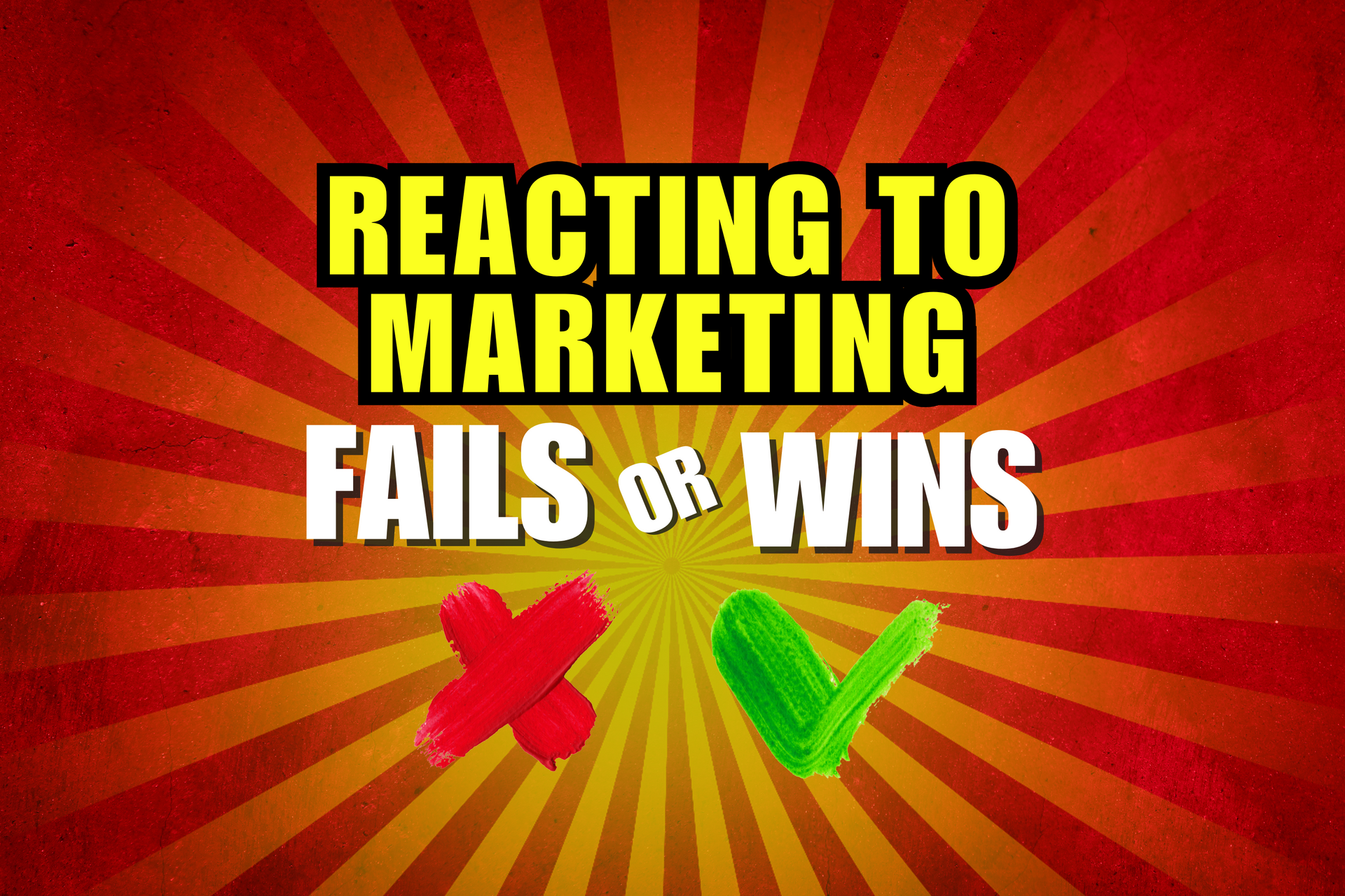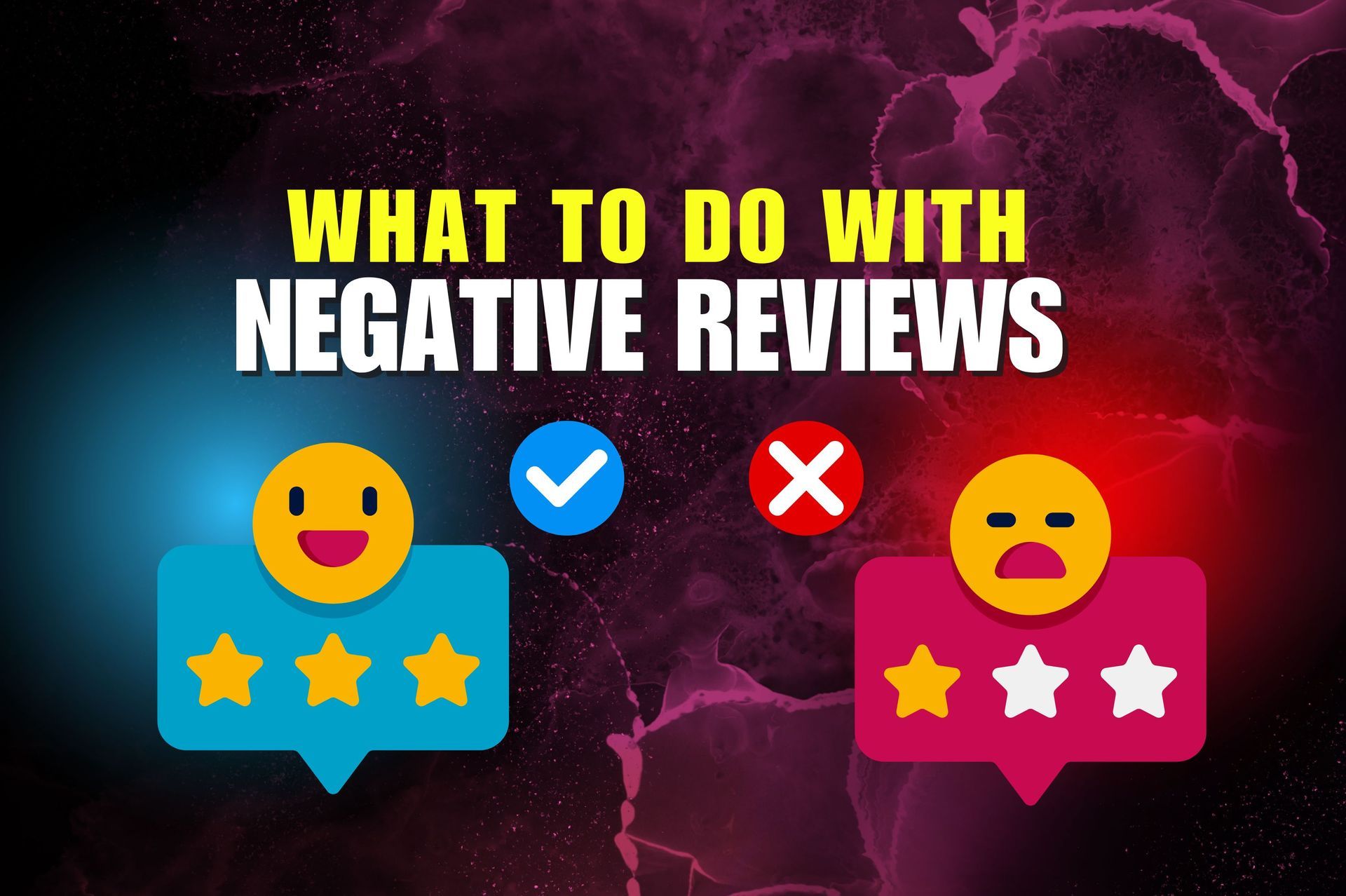Quick & Dirty - How to Place Videos on Websites - The Right Way
Zack Greenfield • March 16, 2021
Welcome to another episode of Quick and Dirty Marketing. My name is Zack Greenfield, and today we're going to continue our series of videos on website design. And today, specifically, we're going to talk about video placement. Now we've done some videos, that we made about making videos, and now that you have them, and hopefully you do, we're going to talk about where to deploy them and how that all works. So stick with us and we're going to unpack the whole situation.
Now the assumption here is that you've made some videos or maybe not, and you're just trying to figure out how to put together some pages on your website that are going to help engage your clients and customers that you want to bring into your business. So, uh, there's kind of like two broad categories with this in my mind. All right. And the first way to think about it is you sort of have two big buckets of videos and, and this is a good way to start to dissect objective and how things are going to work on your pages. So bear with me here, bugging number one is on emotional and bucket. Number two is more cognitive, right? Any video that you make for your business, for your clients and customers and potential customers to watch is sort of going to naturally fall in one or another of these, or in some cases might be a hybrid of these two categories.
Now, I don't think it's any secret. That emotion is a big part of sales and getting people to want to buy your product or service. So we look at emotional videos, those are the types of videos that are usually the ones that we like to watch that are on like maybe the homepage of a website, or might take up like the whole top of a page. When you come to that site, like what we call a hero shot. Uh, those are typically going to trigger emotion. And the reason that we want to trigger emotion right away there is because that's where we're going to get engagement. Typically, we're going to, we're going to start an emotional connection with that buyer right away by doing that. And one of the best ways to do that is to show the buyer, show the prospect or the client or customer or whatever the name you want to call them this visitor.
You want to show them that you understand their problem. So sometimes, and the ugly way, you know, in sales to say that would be, um, uh, reiterate the pain or, you know, restate the pain. I think the better way to express that though, is to say that you're going to empathize with your client, with your client or customer, right? So it doesn't really matter what business you're in. And I've said this many times, you're in business period and you do get paid to solve problems. The problems that people have, that when they come to you is creating some sort of pain or discomfort in their life. They want, you know, they want to solve it. Okay. Whatever it is. So just remember that, and that kind of starts to immediately help you make decisions on where to place your videos. So if you have an emotional connective type video, like an impact video or brand video that shows your ideal prospect or, or client, um, solving this problem and experiencing the joy of that and all of those emotional feelings that go with that, like they might be disappointed and frustrated, and then they go to get your thing that fixes it.
And then like their life has changed. So there's like this transformational arc in that video, like there's, there's a story arc there there's, you know, discomfort to Nirvana, right? That's that emotional type of video, the other bucket is this cognitive type of video, which is equally important and plays a role in your onboarding and your sales cycle. Informational videos are a piece of the puzzle that you're still not going to be able to escape. You can be super emotional, but at some point there's a switch and everybody's brain, they go, yeah, this looks great. But then they, they start to ask those buyer questions, which is, well, does it have these features kind of do this? You know, what are the, what are the obligations? What are the hooks? What do I have to do? If there's all these questions start to bubble up. Once the person reigns in the emotion that they might've been having initially, and those informational videos are where you're going to attack those objections, and you're going to handhold the person along this new customer journey, if you will, by explaining all of these other cognitive things.
So if you think about that, that starts to help you organize where these videos need to go. And that's the, the explanation, the real sort of psychology behind why you see impact and emotional videos that are in the feed on Instagram. They're at the top of the pages on websites. They're going to take up the first half of a page on a mobile, a landing page or a sales page. And usually those videos are going to open up by basically stating the problem, you know, through either a statement or a question, and they're going to open up and say like, you know, uh, isn't it terrible when your dog's feet get burned on the pavement? And you'll be like, yeah. I mean, if you're a pet owner, that's terrible. Right? So that's the problem. And they say, you know, um, this can lead to blisters and, and foot damage and all these other things.
And then the story goes on and then there's this arc. But if you buy our dog shoes, then you know, your dog can be happy even when a taut outside. So there's an arc and then the happy dog, right. So it's burned dog to happy dog. And then people would start to ask like, Oh, well, how many sizes does it come in? And, and, you know, what's the cost. And then how do I get these things on my dog? And do they stay on and are they okay to be in the water with them? Or is it that's not going to work? And, you know, so then it gets into this informational cognitive cycle. Okay. So let's just talk about, um, I have like, you know, some notes here that, uh, related to all of this, because one of the things that, that I was writing down is, you know, mobile versus desktop, and that's always tricky on desktop.
You obviously have a lot more room to work with, but today you're also dealing with probably less traffic in the typical case. Most sites we're seeing right now are predominantly mobile traffic. And so you sort of have an it's trickier to work with video on that. And the other thing that you need to watch out for is are, if you try to auto play a video, then you need to mute it. And there's browser and security questions with that. So dig into that a little bit, but in general, the rule is if you're going to auto-play video, you definitely need subtitles because it's only going to play muted and you need to set them to mute, or most browsers now will block them from even playing. So, um, just keep those in mind. There's a little, some little technical speed bumps with that, but in general, you know, you want to start with your emotional connection and then follow up with your cognitive and informational type videos.
And that will be the journey. Okay. And that usually means that your emotional videos and so forth are going to go top of page. Now, the other strategy that you can do, if you have design, you know, trickiness there stuff is get that video where, you know, on a laptop or whatever device you're checking on is sort of peaking up. And if it's peaking up and what we call above the fold, then buyers usually know to scroll down, to watch, get that video on full screen and watch it. So just keep that in mind that if you really want to get play out of your video, have it overtly available. When somebody lands on the page, like don't, don't spend the time to make a video and then bury it below the fold and have some other stuff there. And you're not going to get that play value out of that video.
So raise it up enough so that people know that it's there, if not let it take up the Headspace on your landing and sales page, especially if it's an emotional, an emotional connected video like that, that where you're going to empathize with your, your buyer's pain and start to show them how your product or service is going to be the solution to making the pain go away. Right? So those are the real fundamental goals. So write down your, uh, your page objectives. You know, if it's a sales page, then yeah, you might want to be emote, you know, make that emotional connection. If it's an informational page, then you might want to go with more of a cognitive video placement. And you're going to put that where people can see them, but those are, you have a little bit more leeway there because the person's already coming for, for details and information.
So they're, they're already in a mindset where they're willing to hunt a little bit. When you're in that first chapter of a sales cycle with people, you have like a split second because they're, they're not even sure that you understand them, which is why, again, we're, we're trying to make that, that fast emotional connection and state their problem because the minute you state their problem and it is their problem, they stay cause they go, Oh, this person understands my problem. But when they're in that informational cycle, their mind is already like I'm in learning mode. I'm already trying to figure out more about this. So they're willing to scroll and hunt and, and go down a page more cooperatively than they will earlier in the cycle. So just keep that in mind, you've got a little bit more leeway on informational pages and you can move people from may to page like, Hey, we're going to teach you about this.
And then the next thing you need to learn is about this. And they'll, they'll happily go to the next thing to learn so long as they feel like by learning these things, they're getting closer to a solution. Just remember that they need to always feel like watching your videos is getting them closer to solving one of their problems. So I hoped, I hope this video helped solve some of your problems about where to put your videos on your website, your pages, your sales and landing, and your customer journey and emails and all sorts of other places. So go ahead and like, and subscribe if this inspired you at all or helped, you know, de scramble the situation, share this for me, we keep coming with more and we're going to follow up with another one after this. So we'll see you shortly on the next video.

